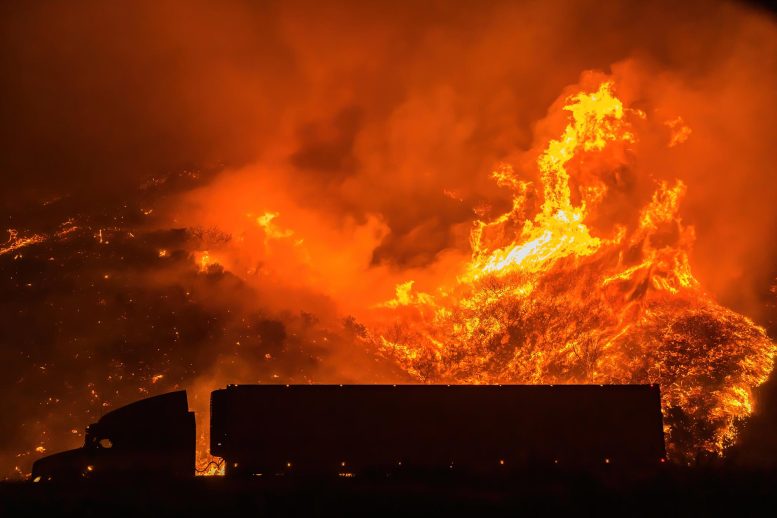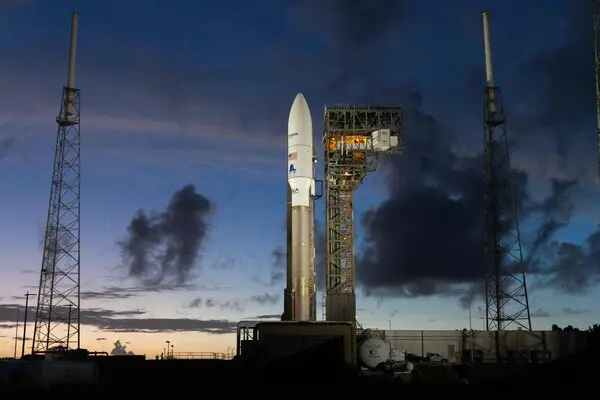From NOT A LOT OF PEOPLE KNOW THAT
By Paul Homewood

https://bmrs.elexon.co.uk/generation-by-fuel-type
Electricity demand peaked even higher yesterday evening at nearly 48 GW, and with low winds today, power supply will be tight again tonight.
We will no doubt muddle through again, but nobody in the media seems to be pointing to the elephant in the room; the fact that demand for electricity will start to rise rapidly as we transition to heat pumps and EVs.
The Future Energy Scenarios, published by the National Grid last year, projected that peak demand would rise to 65 GW in 2030, and 81 GW come 2035:

https://www.neso.energy/publications/future-energy-scenarios-fes
Even with both the 9 GW of interconnector capacity and our full CCGT fleet working flat out, we would be lucky to get 50 GW currently. (On Tuesday I/C s ran at about 6 GW because of outages).
Yet there are no plans to build new gas capacity, the output from Hinkley C will barely offset the shut down of older nuclear plant and extra wind capacity planned could only supply a couple of GW at most on a windless day like today.
And this will not simply be a matter of an odd hour of peak demand. The FES already assumes that a lot of demand smoothing will take place, EVs charging at night and so on, so the daily range will be much less than now.
In the last 24 hours, demand has averaged 39 GW. On a pro-rata basis, that 81 GW in 2035 is likely to be at least 67 GW.
According to the FES calculations, for instance, in 2035 residential heat pumps will draw 40 TWh a year, about 8 TWh a month in winter. That works out at 11 GW , and probably a lot more in really cold weather. And that assumes they are run evenly over 24 hours a day, an optimistic assumption.
EVs will also add significantly to electricity demand during off peak.
It is therefore likely that daily demand will exceed 70 GW in cold weather. While pumped storage and batteries might help out for an hour or two in early evening, they will need recharging afterwards, so will contribute nothing over 24 hour periods.
Instead we will still need at least 70 GW of dispatchable generating capacity.
At the moment we barely have 40 GW.
Related
Discover more from Watts Up With That?
Subscribe to get the latest posts sent to your email.










Leave a Comment